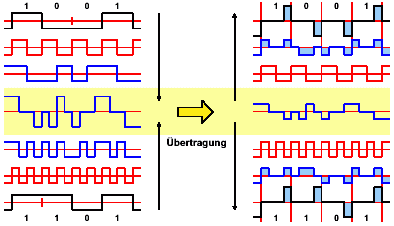Difference Between Tdma Cdma Fdma Pdf
FDMA (Frequency Division Multiple Access) and TDMA (Time Division Multiple Access) technologies are used in and in business and industrial digital radios (P25 Phase I & NXDN™ for FDMA; P25 Phase II & DMR for TDMA). The basic difference between FDMA and TDMA is the definition of a channel and how it is used. In FDMA, a particular bandwidth (e.g.

Differences between TDMA, CDMA, and FDMA With acknowledgement and appreciation to My Lord on Yahoo Answers TDMA Time division multiple access (TDMA) is a. Key Differences between FDMA vs. And TDMA (Time Division Multiple Access). The basic difference between FDMA and TDMA is the definition of a channel.
6.25 kHz) at a particular frequency (e.g. 150.000 MHz) is used to define a channel. This is the way channels have been allocated in analog land mobile radios (LMR) for decades. All information is contained in the channel – compressed to the smallest frequency footprint. Analog radio bandwidth has recently shrunk from 25 kHz to 12.5 kHz, which is about the limit for analog technology without seriously degrading radio voice quality. With digital technology, channel bandwidth can be compressed to a spectrum-efficient 6.25 kHz by using vocoders and error correction. In regard to TDMA and digital technology, the 12.5 kHz channel bandwidth is maintained.
The RF spectrum efficiency is achieved when two voice channels share time to create a 6.25 kHz equivalency. TDMA technology is possible only by using intelligent infrastructure to make and control the time slots. Benefits of FDMA include the following: Simplex Operation FDMA allows subscriber radios to keep the efficiency of true 6.25 kHz at all times, as it is native to the basic operation of the radio. FDMA technology allows radios to continue operating with all channels available.
TDMA efficiencies cannot be created with subscriber units in the field without an intelligent time synchronizing repeater that manages the time slots. TDMA technology reverts back to a single voice channel. Android Rpg Games Kaskus. Although both technologies lose range in the event of a repeater failure, TDMA provides only one available channel in the 12.5 kHz spectrum – an inefficient use of the spectrum. Likewise, LMR users who want to deploy digital radio in small areas such as warehouses or campgrounds may find adding a repeater in a TDMA system an unnecessary expense.